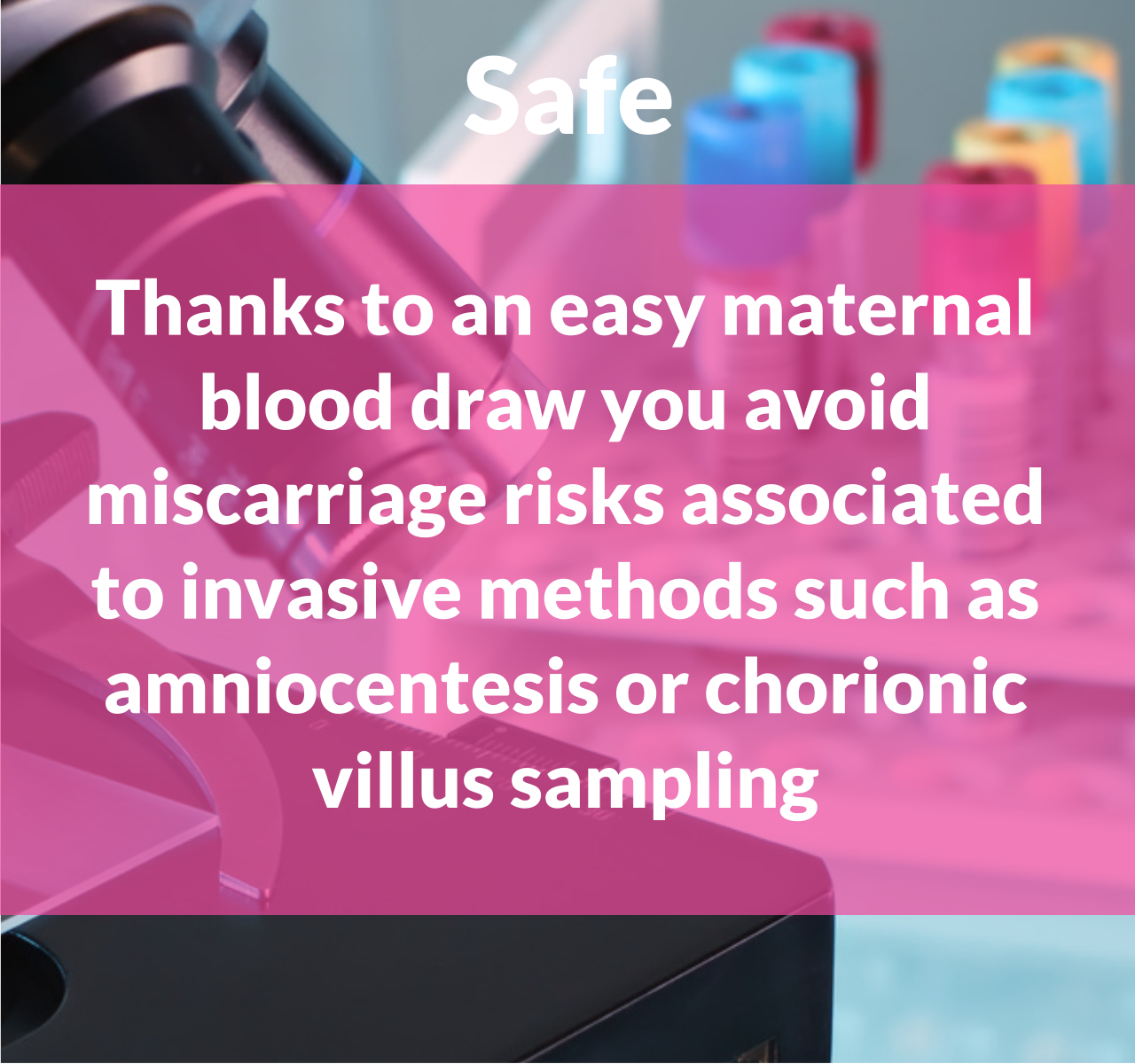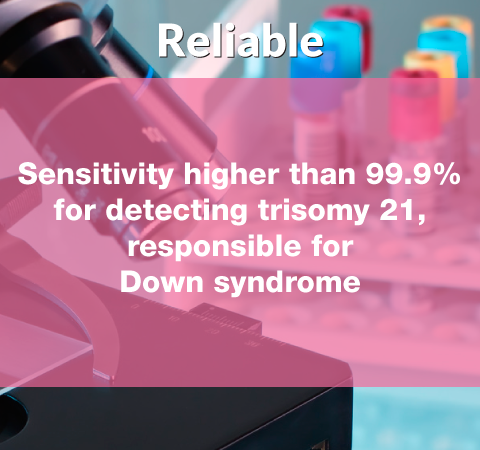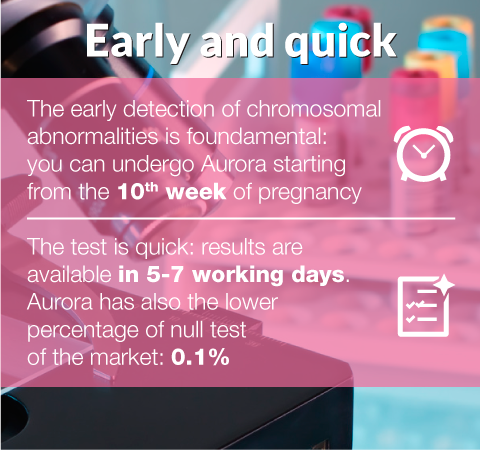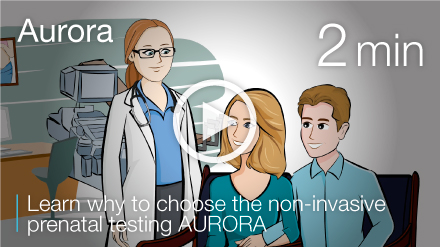Hereditary spastic paraparesis, also called hereditary spastic paraplegia, is a group of neurodegenerative genetic diseases. They mainly affect spinal cord and cerebellum, causing loss of control of the lower limbs. However, the group is very heterogeneous, both from a genetic and a clinical point of view.
Since 1883 - the year of the first description of the disease - to date, more than 60 genes have been identified linked to the onset of hereditary spastic paraparesis. Depending on the genes involved, the way in which the disease is transmitted also changes, which can be:
- autosomal dominant. A copy is enough for it to manifest;
- autosomal recessive. The variant must be inherited from both parents, so that it manifests itself;
- recessive linked to the X chromosome, so it occurs only in males and females are healthy carriers;
- sporadic genetic mutations, ie not inherited from either parent.
It is estimated that hereditary spastic paraparesis affects about 1.27 people per 100,000. The main forms are two. The pure form is manifested by progressive spasticity and weakness of the lower limbs. In the complex form are added disorders of the central and peripheral nervous system. In both cases, the evolution and severity of symptoms vary from patient to patient.
The diagnosis is mainly based on clinical observations and neurological tests. The genetic test serves mainly as confirmation, or in the case where there are other cases in the family. Unfortunately, at the moment there is no definitive cure.
Source: osservatoriomalattierare.it
















